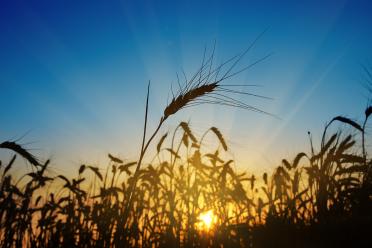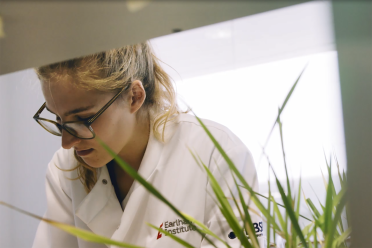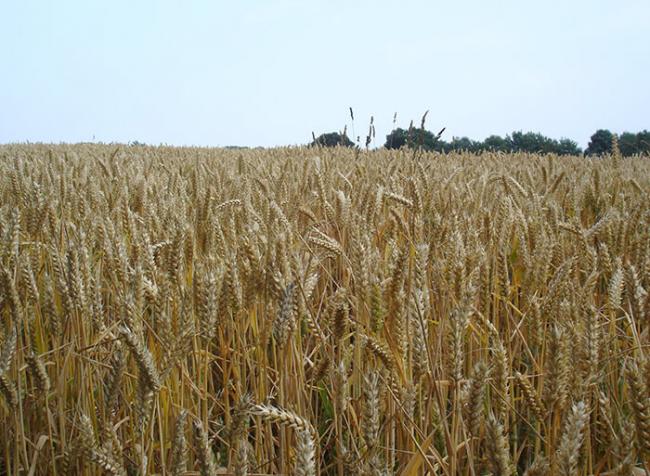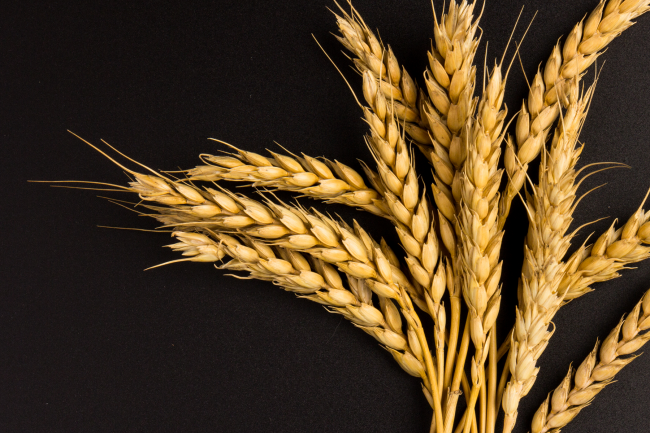The research, published in PLOS Biology, has revealed multiple ways in which the wheat circadian clock maintains balance. As well as providing a potentially invaluable resource for wheat breeders, the work is the first to gauge the role of circadian rhythms across the entire genome of polyploid wheat.
Led by scientists at the Earlham Institute, collaborating with colleagues at the John Innes Centre, the research reveals the remarkable influence exerted by the internal ‘body clock’ on a range of important biological processes.
The circadian clock is a finely balanced time-keeping mechanism that helps to guide organisms through day and night - signalling the rising and setting sun, as well as the changing of seasons. A plant’s health and productivity can all be affected by how accurate the clock is.
Bread wheat is responsible for around 20 per cent of the calories consumed worldwide and is widely grown all over the world. Understanding how the circadian clock works in such an important crop has been the focus of recent research at the Hall group at the Earlham Institute.
In model plant species, the circadian clock controls genes which influence resistance to pests, water-use, cold and heat tolerance, nitrogen efficiency and photosynthetic yields. The researchers wanted to see whether the same was true in wheat.
“Understanding how the circadian clock works in wheat is tricky due to its unusual genetic history,” explained Dr Hannah Rees, lead author of the study. “The wheat we grow today is the result of three wheat species merging into one.
“We say it’s polyploid, which means there are multiple genomes coexisting in the same plant. This means there are essentially three versions of the same gene, each of which may have evolved in its own unique way.”
Each of the species that merged to form modern wheat could have had unique body clocks, exerting differing levels of control over gene regulation. Equally, when you have three versions of the same gene, over time, one version can evolve new functions and develop new patterns of expression.
“We wanted to understand what happens to the clock when there are multiple versions of the same gene present,” said Dr Rees.
The researchers generated a high-resolution dataset to investigate the circadian balance between sets of three homoeologous genes - known as triads - from hexaploid bread wheat. Gene expression was mapped out at regular intervals and under different light conditions to mimic the rising and setting sun.
Around 30 per cent of the genes in wheat were found to be regulated in some way by circadian rhythms. “You’ve got almost a 1 in 3 chance of your gene of interest being linked to circadian rhythms, which is a significant level of coercion.
“This includes genes responsible for regulating photosynthesis, starch metabolism, heat and cold resistance, and even marshalling biological defences to attack from plant pests. These are all critical functions for plant growth, which means breeders finally have access to information that might help explain why some crops exceed expectations while others disappoint.”
When it came to understanding the interplay between competing genes, the researchers found a wide spread of activity.
“The surprising thing is that the picture is messier than we’d expected,” explained Dr Rees. “We thought it might be a simple case that all three genes had similar circadian patterns of expression and shared responsibility for gene function. And we do see some sets of genes which do this but, in reality, there’s a real variety in patterns of circadian balance.
“In some cases, one gene seems to take on a dominant role while the other genes are made redundant and are no longer expressed with a circadian pattern. We also see some sets where all three genes are expressed rhythmically, but peak at different times in the day, indicating they might have different roles in the plant.”
The research shows that circadian balance isn’t always necessarily a good thing. While maintaining similar expression seems to be important for some sets of genes, other sets appear to be given freedom to experiment and potentially do new things.
Professor Anthony Hall, study author and Group Leader at the Earlham Institute, said: “This research has provided a valuable new resource for wheat breeders, revealing useful information about how the expression of certain key genes might fluctuate over the course of a day.
“Understanding the genomes of different wheat varieties will help producers to breed plants with higher yields, greater disease resistance, higher tolerance to climate change, and of increased nutritional value. This is absolutely critical if we’re going to meet the needs of a growing global population on a warming planet.”
Professor Antony Dodd, study author and Head of Department at the John Innes Centre, said: “We are all familiar with circadian clocks, from feeling the effects of jet lag to the consequences of shift work. Here, we show the pervasive and intricate nature of circadian rhythms in bread wheat, providing new insights for the strategic breeding of future wheat varieties.”





